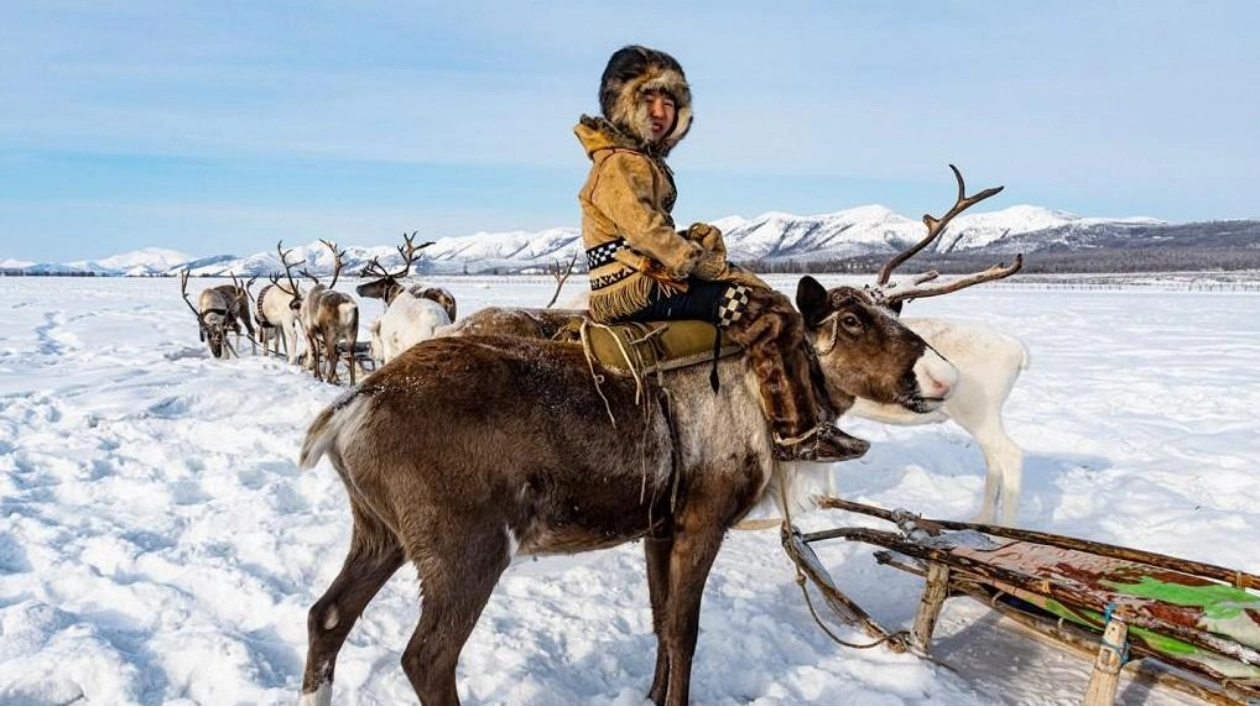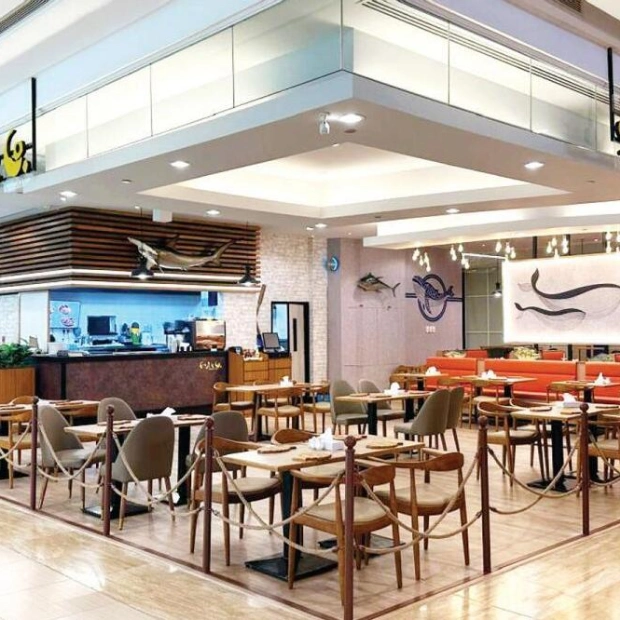During a 2019 journey to Siberia, cognitive scientist Pablo Fernandez Velasco participated in a raffle with Evenki reindeer herders. The prizes ranged from a soccer ball and tea to a portable radio and a GPS unit. A herder in Velasco's group won the GPS, which Velasco considered a high-end prize. However, the herder was disappointed, as he had his eye on the radio and had no need for a GPS. Like other Evenki herders, he navigated the expansive taiga by relying on his own steps and recognizing place names, paths, and river patterns, as described by Velasco and geographer Anna Gleizer earlier this year.
Despite the real-life navigation skills of the Evenki, much research has focused on how Western participants navigate on flat computer screens, eliminating environmental factors like tree canopies and weather. This approach assumes human behavior is consistent across cultures and environments, a notion challenged by decades of research suggesting lab findings may not apply to real-world scenarios. Hugo Spiers of University College London and colleagues argue for more holistic research methods that include environmental factors.
Advancements in technology now allow researchers to integrate the real world into controlled lab settings. Navigation research is transitioning from two-dimensional computer screens to more realistic three-dimensional environments, enhancing our understanding of human navigation and its broader implications. Virtual-reality facilities like the Person-Environment-Activity Research Laboratory (PEARL) at UCL simulate real-life scenarios, though their high cost may limit widespread use.
Field and lab studies each have unique challenges, but combining them offers rigorous insights. For instance, Helen Davis and colleagues studied Tsimane people in Bolivia, finding that children who traveled more had better navigation skills. Similarly, Ovatwa children in Namibia exhibited exceptional navigational abilities, likely due to their extensive travel. These findings suggest that spatial navigation skills are highly adaptable and may be influenced by lifestyle factors.
Research also indicates that Western adults' navigation abilities decline with age, often seen as a natural part of aging. However, this decline may be linked to reduced mobility and exploration opportunities. Tsimane adults, who continue to travel extensively, show no such decline. This suggests that maintaining mobility could preserve or even enhance navigational skills throughout life.
Evenki reindeer herders, as observed by Velasco, view space as full of potential rather than confined by predetermined routes. Their approach to navigation contrasts sharply with the Western fear of getting lost, highlighting cultural differences in spatial cognition.






